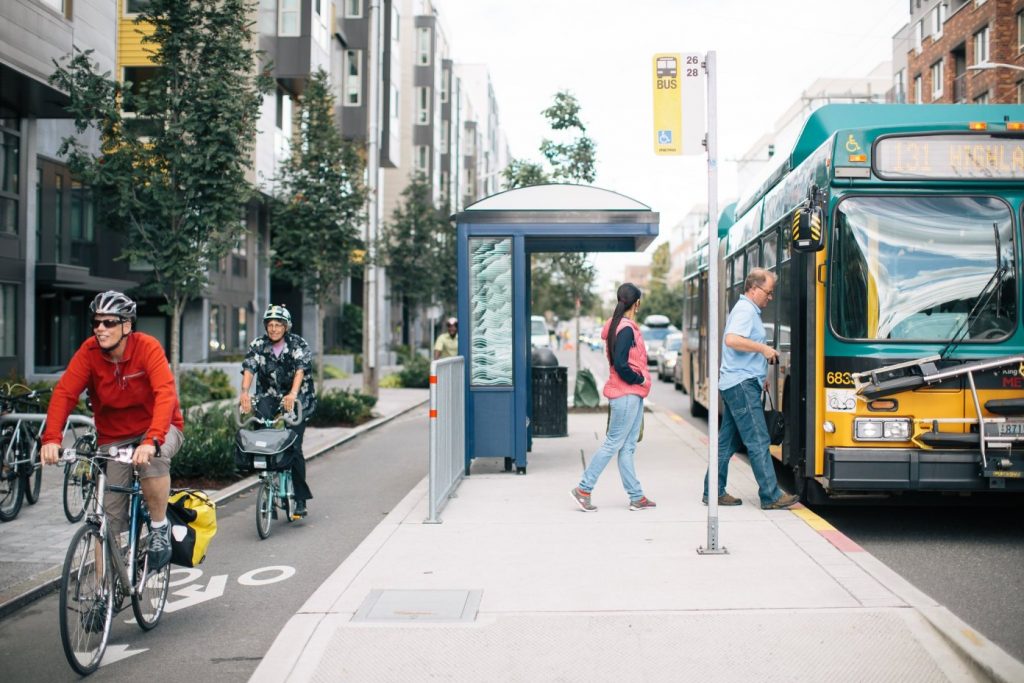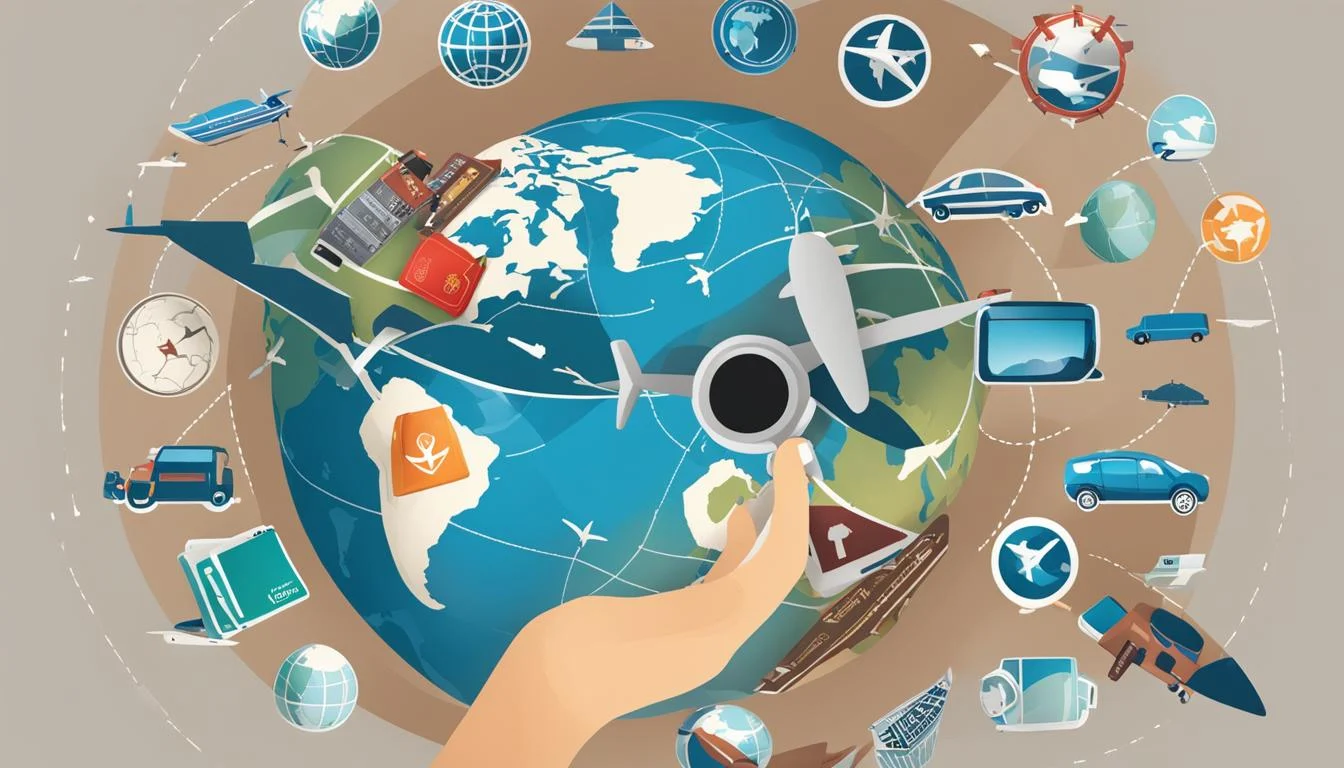Traveling through major American cities like New York, San Francisco, and Chicago can be exciting, yet costly. Fortunately, there are strategies to save money while using public and shared transportation effectively. With so many options available, finding a cost-efficient way to commute can help you save a significant amount of money.
Anúncios
In this blog post, we’ll explore tactics for making the most out of shared transit systems without breaking the bank. Whether you’re a resident or a visitor, understanding these cost-saving methods can ensure that you make the best of what these urban landscapes have to offer, while also keeping expenses under control.
Understanding public transport options

Understanding public transport options in major U.S. cities is crucial to saving money and ensuring a smooth commutation experience. Cities like Boston, Seattle, and Washington D.C. offer extensive transit systems ranging from buses, metro systems, and streetcars. Familiarizing yourself with the schedules, routes, and different modes of transit available can be incredibly beneficial. Exploring these options allows you to select the most cost-effective and convenient means to get to your destination.
Many of these urban centers have invested heavily in their public transport infrastructure, enabling residents and visitors to seamlessly transition between multiple transportation modes. Engaging with features like real-time tracking apps can facilitate easy travel planning and help avoid unexpected delays, making public transport not only a cheaper option but also a sensible one.
Utilizing ridesharing platforms efficiently
Ridesharing platforms have revolutionized urban commuting with their convenience, but costs can quickly add up without proper strategizing. To conserve expenses, a fundamental approach is to avoid peak hours and surcharges. Most rideshare apps implement surge pricing during busy times, so if possible, schedule travel before or after peak hours. This straightforward adjustment can result in substantial savings over time.
In addition to timing, consider sharing your ride with others. Services like UberPOOL and Lyft Line allow multiple passengers to share the same route for reduced fares. While sharing may take slightly longer, the cost advantage is often worthwhile, especially for single travelers or small groups. Moreover, these shared rides improve sustainability, minimizing carbon footprints and contributing to environmental preservation.
Exploring bike-sharing and micro-mobility options
For those keen on exploring cities at a leisurely pace while also exercising, bike-sharing systems are ideal. Major metropolises like Portland, Denver, and Los Angeles have embraced micro-mobility options such as shared bikes and e-scooters. These services offer a budget-friendly and active way to travel short distances, often more cost-effective than public transportation for short commutes.
Before using these micro-mobility options, research the local providers to understand fee structures and membership plans. Many cities allow for daily, weekly, or even annual subscriptions that significantly reduce per-trip costs. These membership plans are especially beneficial for tourists or locals who anticipate regular usage. Opting for bikes or e-scooters keeps expenses low while enhancing travel flexibility.
Adopting best practices for cost-effective commuting
Adopting best practices for cost-effective commuting extends beyond knowing transportation options. Strategic planning, tech-savvy approaches, and a touch of creativity culminate in an optimal travel experience without overspending. Important components include maintaining flexibility and making informed decisions on transportation.
Utilizing transit apps to schedule travel, avoid congested routes, and even find alternative transport during delays is beneficial. These platforms often provide real-time updates and analytics, aiding in choosing the best route. Additionally, tracking your expenses and setting transportation budgets helps in monitoring costs while identifying areas for improvement. Making small adjustments like combining trips or researching routes before traveling ensures time and resource optimization.
Planning trips around flexible schedules
Planning trips around flexible schedules turns daily commuting into a more economic and practical endeavor. Avoid the monotony of traffic or high-cost fares by adjusting your travel timetable to match less busy periods. This flexibility drastically cuts costs and reduces inconvenience on the road. Notably, irregular work schedules or the capability to telecommute further enhances transportation planning.
Adopting a flexible travel plan allows you to leverage low requisition periods. It’s worth considering if your work or social activities allow for variability in arrival and departure times. Additionally, certain transit systems boast discounted rates during off-peak hours, capitalizing on which significantly lowers costs. Supplementing this through modern tools like workplace commuter benefits programs, where applicable, garners economical ride utilization.
Leveraging technology for savings
Leveraging technology for savings transforms transportation into a smart affair, merging convenience with financial prudency. Transport applications like Citymapper or Transit aid in identifying local routes, fare comparisons, and delayed arrival alerts. Utilizing these tools simplifies route determinations and cost estimations by integrating public transport schedules, real-time variances, and price updates.
Applying mobile payment options encourages seamless entry into transit systems, bypassing ticket lines and reducing time wastage. By consolidating all urban transit tricks into one platform, digital solutions serve as all-in-one travel guides. Furthermore, exploring travel blogs and forums introduces insider savings tips, often leading followers to lesser-known but cost-saving routes.



